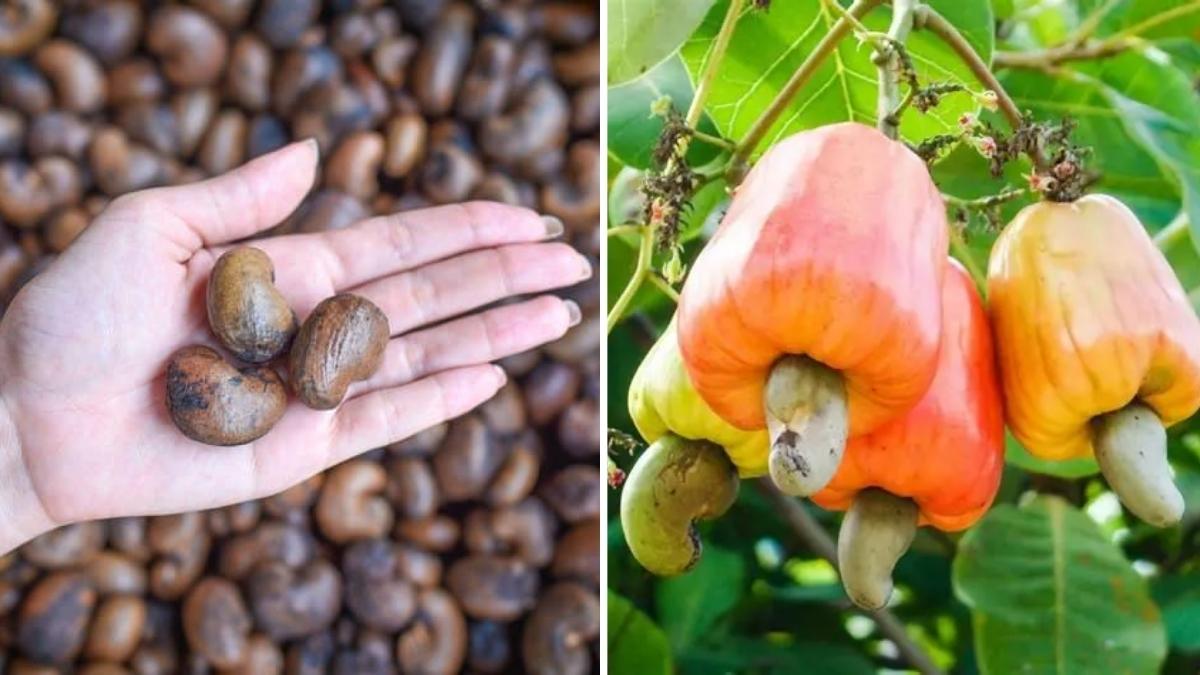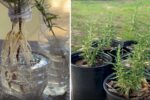Growing a cashew tree from seed can be a rewarding and exciting experience. With a little patience and the right care, you can cultivate your own cashew tree either indoors or outdoors. Cashews are tropical trees that thrive in warm climates, but they can also adapt to different environments if you follow the proper steps. Whether you’re looking to add a unique plant to your garden or cultivate a cashew tree for its delicious nuts, this guide will show you how to plant and grow cashew trees from seeds.
Why Grow Cashew Trees from Seeds?
You might be wondering, why not just buy a cashew tree from a nursery? While that’s an option, starting from seeds is a rewarding process. Growing cashew trees from seeds lets you control the quality and care of your plant from the very beginning. Plus, it’s cost-effective and gives you a sense of accomplishment as you watch your tree grow and eventually produce delicious nuts.
Choosing the Right Cashew Seeds
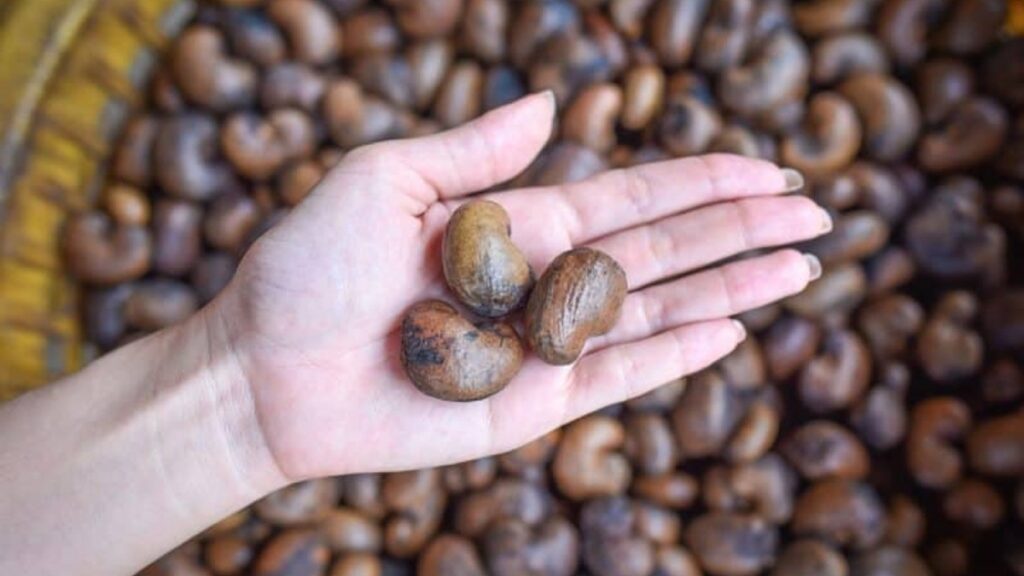
Before planting, it’s important to choose healthy seeds. Cashew seeds come from the cashew apple, which is the fruit that grows on the tree. These seeds are typically large and shaped like a kidney bean. Make sure to choose fresh seeds that haven’t been dried out or damaged. If you don’t have access to a fresh cashew apple, you can also buy seeds from a reputable supplier.
Preparing the Seeds
Cashew seeds have a hard outer shell that can make germination a bit tricky. To improve your chances of success, it’s a good idea to prepare the seeds before planting. Soak the seeds in warm water for about 24 hours to soften the shell. This will help the seed sprout more easily.
Once soaked, you can gently scrape away some of the outer layer to expose the inner seed. Be careful not to damage the seed inside, as this can hinder germination.
Indoor Planting of Cashew Trees
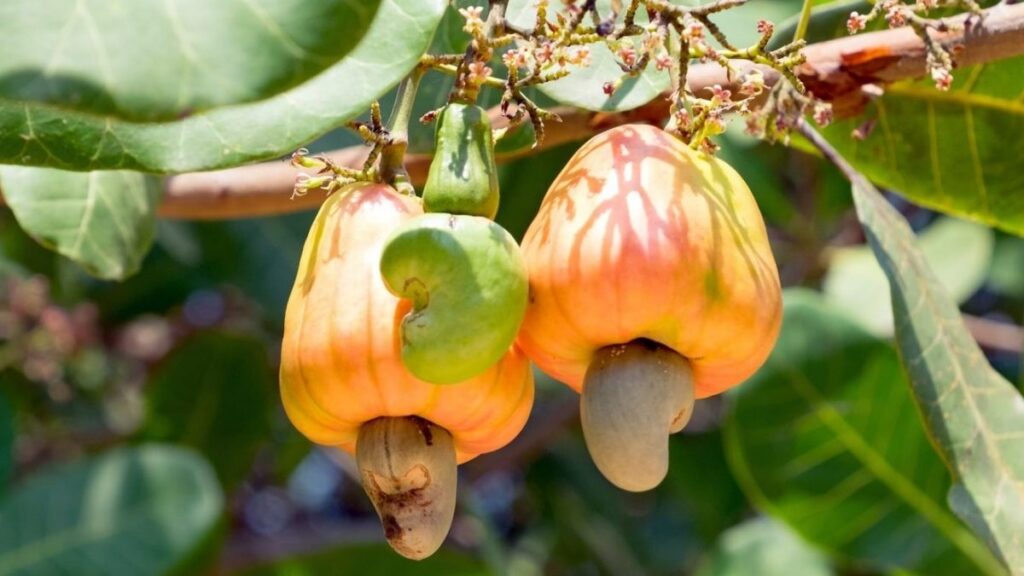
If you live in a cooler climate or want to grow your cashew tree indoors, it’s best to start the seed indoors. Indoor planting provides a controlled environment that’s ideal for the young plant’s early development.
- Select a Pot and Soil: Choose a pot with drainage holes to prevent water from accumulating at the bottom. Cashew trees need well-draining soil, so a mix of potting soil and sand or perlite will work well. Fill the pot with soil, leaving a little space at the top for watering.
- Planting the Seed: Plant the soaked seed about 2-3 inches deep into the soil. Place the pot in a warm spot, ideally between 70-80°F (21-27°C), which is the ideal temperature for cashew seed germination. Keep the soil moist but not soggy.
- Providing Light: Cashew trees need plenty of sunlight to grow. Place the pot near a bright window or under grow lights if you’re growing indoors. Ensure the tree gets at least 6-8 hours of light each day.
- Watering and Care: Water the plant regularly, but make sure not to overwater. The soil should be kept slightly moist, but it should dry out between waterings. Be cautious of root rot, which is common with overwatering. As the tree grows, you may need to repot it into a larger container to allow for more space.
Outdoor Planting of Cashew Trees
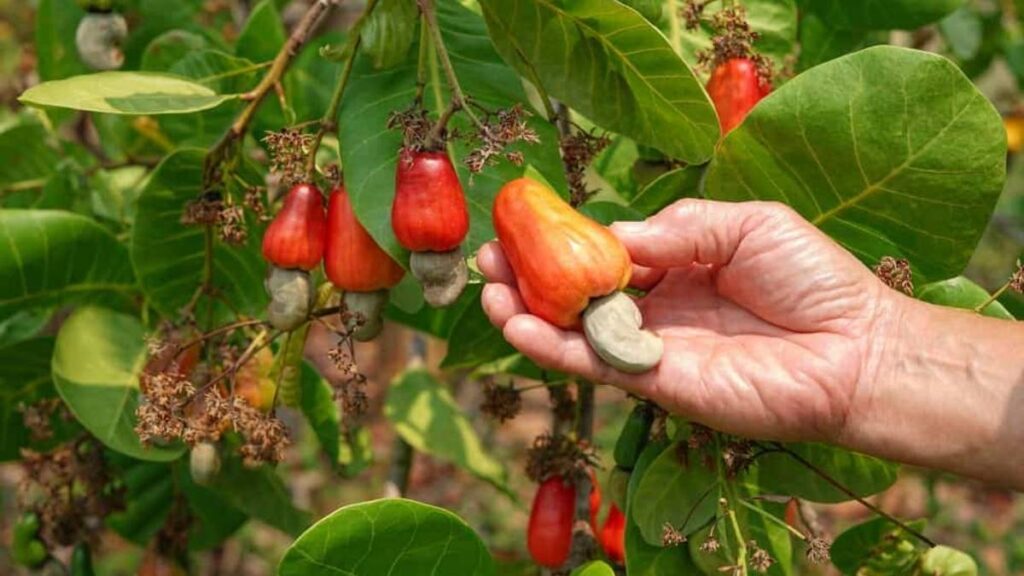
If you live in a warm climate and want to grow your cashew tree outdoors, the process is similar, but with some additional considerations.
- Choosing a Location: Cashew trees need plenty of sunlight, so choose a location that gets full sun for most of the day. They also require well-draining soil, so avoid areas that become waterlogged after rainfall. Ensure the spot is sheltered from strong winds, as the tree can become top-heavy as it grows.
- Preparing the Ground: Before planting outdoors, prepare the soil by loosening it and adding organic matter or compost to improve fertility. Cashew trees prefer sandy, loamy soil with a slightly acidic to neutral pH. Make sure the ground is not too compact, as this can prevent the roots from growing properly.
- Planting the Seed: Dig a hole about 2-3 inches deep in the prepared soil. Place the seed in the hole and cover it with soil. Water it gently to help the soil settle around the seed. Be patient, as germination outdoors can take a bit longer, especially if temperatures fluctuate.
- Watering and Maintenance: Like indoor cashew trees, outdoor trees need regular watering, especially during dry spells. However, be mindful not to water too much. As the tree establishes itself, it will need less frequent watering. Mulching around the base can help retain moisture and prevent weeds.
Caring for Cashew Trees
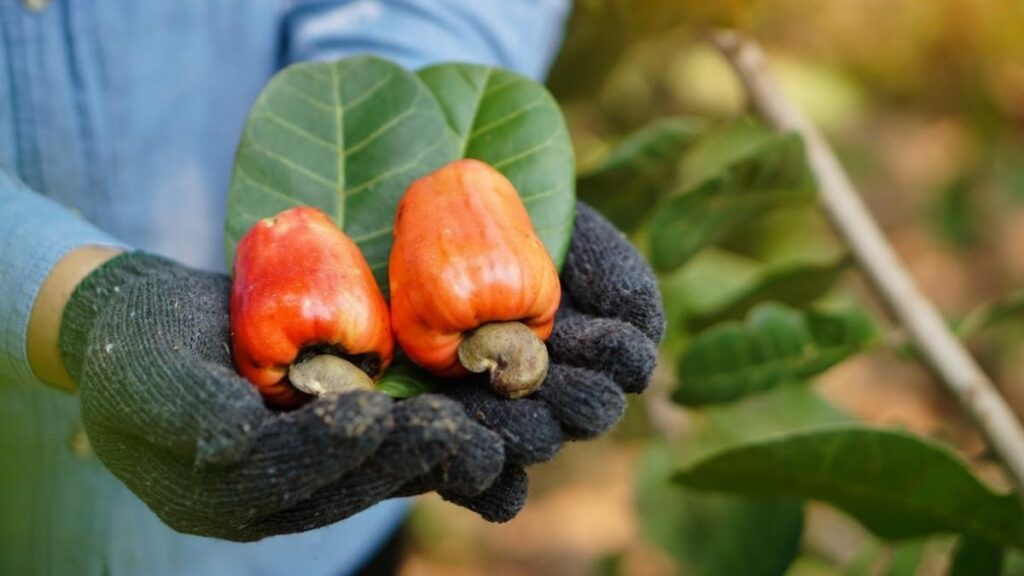
Regardless of whether you are growing your cashew tree indoors or outdoors, proper care is essential for healthy growth.
- Fertilizing: Cashew trees are not heavy feeders, but occasional feeding with a balanced fertilizer will help them grow stronger. Use a slow-release fertilizer or a liquid fertilizer every 6-8 weeks during the growing season, which is typically in spring and summer. Avoid fertilizing in the fall or winter when the tree is dormant.
- Pruning: Pruning is not essential for the first few years, but it can help shape the tree and encourage stronger growth. Trim off any dead or damaged branches and remove any suckers growing at the base of the tree. As your cashew tree matures, you may also want to prune to maintain a healthy structure.
- Pests and Diseases: Cashew trees are generally resistant to pests, but they can still attract insects like aphids and caterpillars. Keep an eye on the leaves for any signs of damage. You can treat pests with organic insecticidal soap or neem oil. Additionally, ensure proper drainage to prevent root rot, which is a common issue with excessive moisture.
Harvesting Cashews
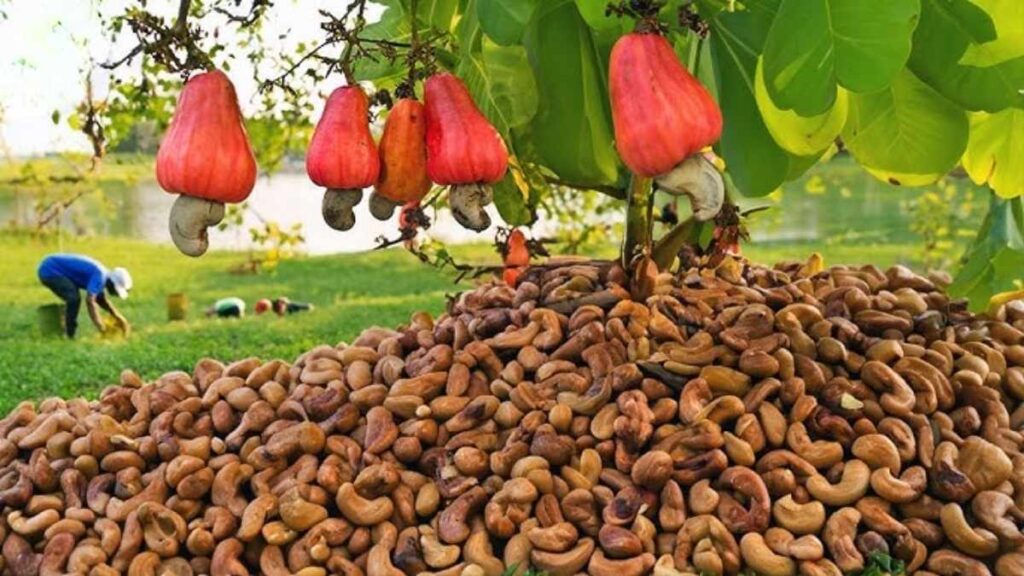
It typically takes 3-5 years for a cashew tree to produce its first crop of nuts, depending on growing conditions and care. When the tree begins to flower, tiny cashew nuts will form beneath the cashew apple. The nuts will mature over several months. Once the cashew nut has fully developed and the apple begins to fall, it’s time to harvest.
To harvest the cashews, carefully collect the nuts and remove them from the cashew apple. You’ll need to roast the cashew nuts to remove the outer shell before they can be eaten. Roasting also enhances the flavor.
Conclusion
Growing a cashew tree from seed can be a fun and fulfilling project, whether you’re cultivating it indoors or outdoors. By following these simple steps, you can nurture your cashew tree to maturity and eventually enjoy fresh cashews right from your own garden. With the right care, a cashew tree can grow into a beautiful and productive addition to your home or yard. Happy planting!

